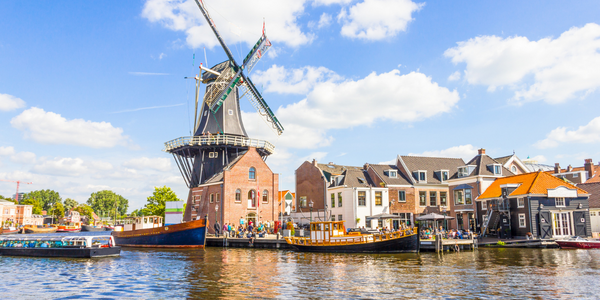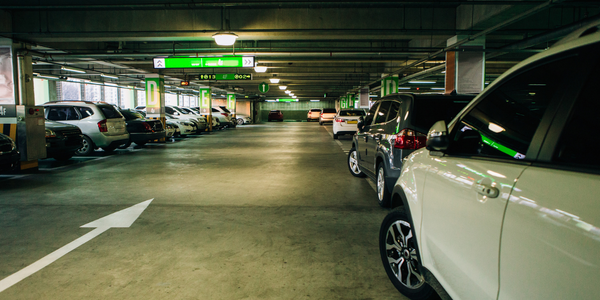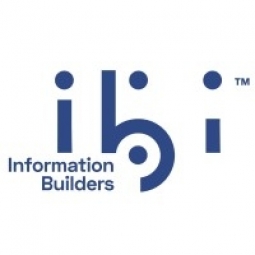公司规模
Large Corporate
地区
- America
国家
- United States
产品
- iWay Master Data Server
- iWay Service Manager
- Data Stewardship Portal
技术栈
- Master Data Management
- Data Cleansing
- Data Integration
实施规模
- Enterprise-wide Deployment
影响指标
- Productivity Improvements
- Cost Savings
技术
- 平台即服务 (PaaS) - 数据管理平台
适用行业
- 城市与自治市
适用功能
- 商业运营
服务
- 数据科学服务
- 系统集成
关于客户
The City of Charlotte is a municipal government in Charlotte, North Carolina. It is the second-largest financial center in the U.S. and the nation’s 16th most populous city. As the city grows and experiences land use changes, officials recognized the need for accurate address information to deliver services – everything from code enforcement to garbage pickup – to businesses and residences. The City partnered with Mecklenburg County Land Records on the Service Impact Messaging by Address (SIMBA) project, in recognition of the county’s vital role with the initial assignment of physical addresses.
挑战
The City of Charlotte, North Carolina, lacked a centralized repository for managing physical and mailing address information. This deficiency led to duplicate or erroneous address records that created additional challenges with service delivery. Inaccurate address information was able to creep into databases whenever a name was misspelled or a duplicate address was entered. City staff members often discovered address anomalies but there was latency involved in resolving the data issues and updating the associated databases. All of these data quality issues cost money by requiring extra resources for resolution.
解决方案
The City purchased iWay Master Data Server (MDS) software to automate data profiling, cleansing, matching, merging, enrichment, remediation, and monitoring activities. This mature software package, a key component of the iWay Information Asset Management Platform, now enables the City to carefully check its data records, identify duplicates, standardize discrepancies, remediate exceptions, and create a master database of “golden address records” – with associated x and y coordinates (for geo-coding), USPS address labels, tax data, and tax fee data. The City is using iWay Service Manager in conjunction with Biztalk to integrate the data with consuming systems. Initially, two City departments will use the address information from SIMBA. The Cityworks application within the Solid Waste Services department will be the first application to consume the master address information, followed by a new CRM system for CharMeck 311.
运营影响
数量效益

Case Study missing?
Start adding your own!
Register with your work email and create a new case study profile for your business.
相关案例.

Case Study
Turning A Stadium Into A Smart Building
Honeywell created what it called the “intelligent system” for the National Stadium in Beijing, China, turning the venue for the opening and closing events at the 2008 Summer Olympics into a “smart building.” Designed by highly controversial artist Ai Weiwei, the “Bird’s Nest” remains one of the most impressive feats of stadium architecture in the world. The 250,000 square meter structure housed more than 100,000 athletes and spectators at a time. To accommodate such capacity, China turned to Honeywell’s EBI Integrated Building Management System to create an integrated “intelligent system” for improved building security, safety and energy efficiency.
.png)
Case Study
Smart Street Light Network (Copenhagen)
Key stakeholders are taking a comprehensive approach to rethinking smart city innovation. City leaders have collaborated through partnerships involving government, research institutions and solution providers. The Copenhagen Solutions Lab is one of the leading organizations at the forefront of this movement. By bringing together manufacturers with municipal buyers, the Copenhagen Solutions Lab has catalyzed the development and deployment of next-generation smart city innovations. Copenhagen is leveraging this unique approach to accelerate the implementation of smart city solutions. One of the primary focus areas is LED street lighting.

Case Study
Buoy Status Monitoring with LoRa
The Netherlands are well-known for their inland waterways, canals, sluices and of course port activities. The Dutch Ministry of Infrastructure indicates that there are thousands of buoys and fixed items in and near water environments that would profit from IoT monitoring. One of the problems with buoys for example, is that they get hit by ships and the anchor cable breaks. Without connectivity, it takes quite some time to find out that something has happened with that buoy. Not to mention the costs of renting a boat to go to the buoy to fix it. Another important issue, is that there is no real-time monitoring of the buoys at this moment. Only by physically visiting the object on the water, one gains insight in its status.

Case Study
Barcelona Case Study
Barcelona’s heavy traffic and its associated high levels of pollution were the primary factors that motivated some companies and universities to work on strategies for improving traffic in the city centre. Bitcarrier is one of the technologies involved in the In4Mo Project, whose main objective is to develop the applications that form the core of smart mobility, one of the fundamental pillars of the smart city concept.

Case Study
China Mobile Smart Parking
Smart Parking, powered by NB-IoT technology, is making it easier for drivers to find free parking spots. Cities can better manage their parking assets and maximize the revenue available to them as a result. Drivers searching for parking create congestion and pollution by circling and hunting for available parking. Smart Parking services are able to significantly ease these problems by guiding a driver directly to a parking space.








